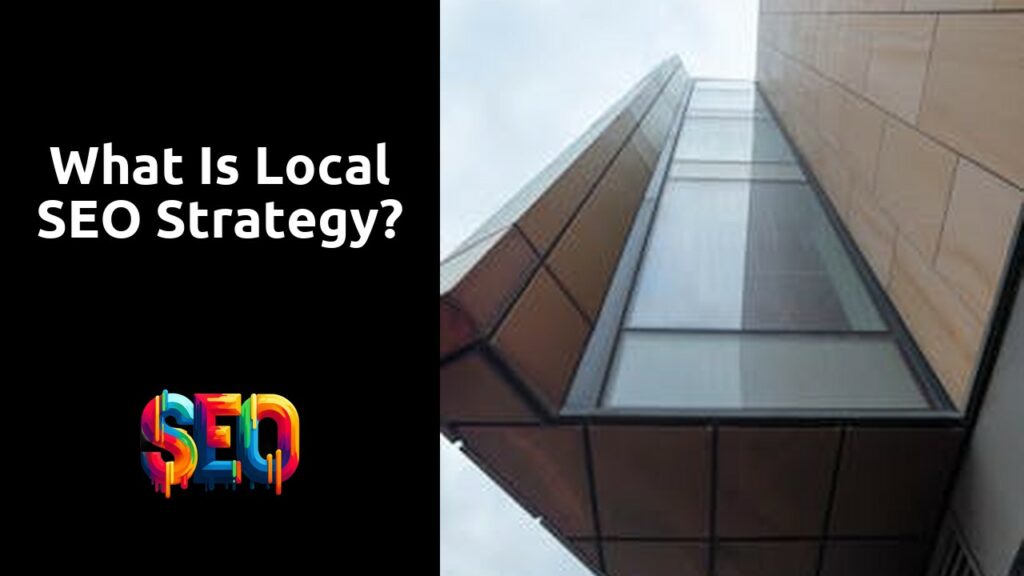Table Of Contents
Page Speed
Optimizing page speed is crucial for improving user experience and ranking higher in search engine results. Users expect websites to load quickly, and search engines like Google take load times into consideration when determining rankings. A fast-loading website can lead to lower bounce rates and higher engagement, ultimately benefiting your SEO efforts.
To improve page speed, start by optimizing images through compression without sacrificing quality. Large image files can significantly slow down a website, so resizing and compressing images can make a substantial difference. Additionally, consider enabling browser caching to reduce the load time for returning visitors by storing elements of your website locally on their devices. By prioritizing page speed optimization, you can enhance user satisfaction and boost your SEO performance.
Image Compression
Image compression is a crucial aspect of on-page SEO that plays a significant role in enhancing website performance. By compressing images, you can reduce their file size without compromising the quality, resulting in faster loading times for your web pages. This is essential for improving user experience and decreasing bounce rates, as visitors are more likely to stay engaged on a site that loads quickly.
Implementing image compression techniques can also positively impact your website’s search engine rankings. Faster loading speeds contribute to better user engagement, which search engines like Google consider when ranking websites. Additionally, optimized images lead to improved overall site performance, ultimately benefiting your SEO efforts and helping your site rank higher in search results.
Mobile Optimization
Mobile optimization is a crucial aspect of on-page SEO that cannot be overlooked in today’s digital landscape. With the increasing number of users accessing websites through mobile devices, ensuring that your site is fully optimized for mobile is a necessity. This optimization includes having a responsive design that adjusts seamlessly to different screen sizes and resolutions, providing users with a smooth and enjoyable browsing experience on their smartphones and tablets.
In addition to responsive design, mobile optimization also involves optimizing website speed and performance for mobile users. This includes minimizing the use of large images and files that could slow down load times on mobile devices. By implementing strategies such as image compression and efficient coding practices, you can ensure that your website loads quickly and smoothly on mobile devices, leading to improved user satisfaction and potentially higher search engine rankings.
Responsive Design
Responsive design is a crucial aspect of on-page SEO that focuses on creating web pages that adapt and display properly on various devices, including desktops, laptops, tablets, and smartphones. When a website is responsively designed, it ensures a seamless user experience across different screen sizes and resolutions. This not only improves user satisfaction but also enhances the website’s overall performance in search engine rankings.
By employing responsive design techniques, web developers can design websites that automatically adjust elements such as text size, images, and layouts to fit the screen size of the device being used. This means that users will have a consistent and user-friendly experience regardless of the device they are accessing the website from. In addition to providing a better user experience, responsive design is also favored by search engines like Google, as it helps improve the website’s mobile-friendliness, which is a key ranking factor in search engine algorithms.
Schema Markup
Schema Markup is a structured data that helps search engines understand the content on a webpage better. By implementing schema markup, website owners can provide search engines with more detailed information about their content, which can result in rich snippets displayed in search engine results pages. These rich snippets can include additional information such as star ratings, pricing, and product availability, making the search result more informative and appealing to users.
Having schema markup on your website can also improve your website’s visibility in search engine results. Search engines such as Google prioritize websites with structured data, as it helps them deliver more relevant search results to users. Additionally, schema markup can enhance your website’s click-through rate by making your search result stand out from competitors. It is essential for website owners to incorporate schema markup into their on-page SEO strategy to improve their search engine rankings and drive more organic traffic to their website.
Rich Snippets
Rich snippets are a valuable feature in on-page SEO that provides users with a preview of the content on a particular webpage directly in the search results. By displaying additional information like star ratings, product prices, or event dates, rich snippets help in enhancing the visibility and click-through rate of a website. Implementing structured data markup in the form of schema.org can enable search engines to understand the content better and display relevant rich snippets to users.
Including rich snippets in your on-page SEO strategy not only helps in attracting more clicks from search engine results but also improves the overall user experience. By offering users a glimpse of what to expect on the webpage before clicking through, rich snippets can increase the likelihood of users finding the information they are looking for, ultimately leading to higher engagement and conversions. Therefore, webmasters and content creators should prioritize optimizing their webpages for rich snippets to improve their visibility and drive more organic traffic to their websites.
FAQS
What is on-page SEO?
On-page SEO refers to the optimization of individual web pages to improve their search engine rankings and attract more organic traffic.
What does on-page SEO include?
On-page SEO includes various elements such as optimizing content, HTML source code, and website architecture to make the page more search engine-friendly.
How important is page speed for on-page SEO?
Page speed is crucial for on-page SEO as search engines like Google consider it as a ranking factor. A faster loading website provides a better user experience and can positively impact SEO.
What is image compression and why is it important for on-page SEO?
Image compression is the process of reducing the file size of images without compromising their quality. It is important for on-page SEO as it helps in improving page load times, which can impact search engine rankings.
What is mobile optimization in the context of on-page SEO?
Mobile optimization involves ensuring that a website is designed to be easily accessible and usable on mobile devices. It is important for on-page SEO as search engines prioritize mobile-friendly websites in mobile search results.
What is responsive design and how does it relate to on-page SEO?
Responsive design is an approach to web design that makes web pages render well on a variety of devices and window or screen sizes. It is crucial for on-page SEO as it ensures a consistent user experience across different devices, which can positively impact search engine rankings.
What is schema markup and why is it important for on-page SEO?
Schema markup is a form of microdata that can be added to a webpage’s HTML to provide search engines with more information about the content on the page. It is important for on-page SEO as it can enhance the way a page appears in search engine results, leading to higher click-through rates.
What are rich snippets and how do they relate to on-page SEO?
Rich snippets are search results that include additional information such as images, ratings, and reviews. They can enhance the visibility of a webpage in search engine results and improve click-through rates, making them an important aspect of on-page SEO.




